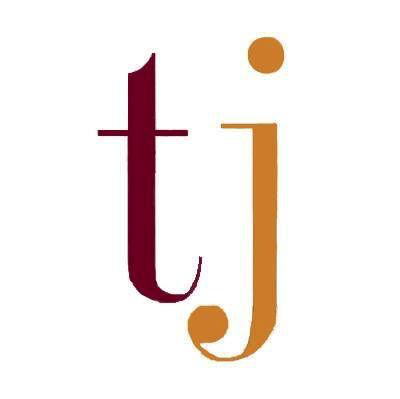Nearly 100 years after gaining the right to vote, women continue to struggle to stand out among their male counterparts. Earlier this month, Forbes posted its “America’s Most Innovative Leaders” list. The list quickly grew attention due to its lack of women.
Out of 100 leaders present on the list, only one woman could be found among them. However, that is not the only insult done to women by this list. The one woman to appear, Ross Stores CEO Barbara Rentler, came in at spot 75 with no photo. To make matters worse, when the list was first published, Rentler’s stand-in photo was a male silhouette.
Rentler got the bittersweet honor of being the only woman on Forbes’ list. Yet, she did not get a photo. This little detail is very peculiar because anyone can simply Google search Rentler and find dozens of pictures of the Ross Stores CEO. If the average person could do this, how come a website like Forbes failed to provide more than a plain male silhouette?
The internet has been quick to criticize Forbes on details such as this, resulting in the website posting a response to its lack of women on the list and also changing Rentler’s silhouette to one that more resembles a woman. This does raise the question, though, as to what exactly Forbes’ qualifications were for the list and why more women, in their eyes, didn’t meet those qualifications.
According to Forbes’ contributors behind the “America’s Most Innovative Leaders” article, Jeff Dyer, Nathan Furr and Mike Hendron, the approach used to determine these rankings was rigorous. They narrowed their broad topic of leaders to only founders or CEOs of companies in their Most Innovative Companies list. These companies had to have a market value greater than $10 billion, be one of the 50 largest private firms to go public within the last five years or had been in the top 100 companies in their Most Innovative Growth Companies list.
They did not rank CEOs of companies under larger companies, such as Susan Wojcicki, CEO of YouTube, which is owned by Google, which is owned by Alphabet Inc. Privately held companies were also not considered due to stock market data being an essential part of the process. The three man team also looked at four factors they considered important for an innovative leader to have. These included media reputation, social connections, track record of market value creation at their company and investor expectations of future innovation and growth.
With these qualifications in mind, could any other female CEOs have been on the list? Unfortunately, there are not too many more to choose from. 2019’s Fortune 500, an annual list of the top 500 profitable companies in the U.S., had a record–breaking 33 women–led companies; including Barbara Rentler’s Ross Stores. Ross Stores checked in at only 209 of the 500. 16 other female–led companies had higher rankings. General Motors, led by Mary Barra, was the highest at 13 on the list. Amazon.com, whose CEO Jeff Bezos tied with Tesla’s Elon Musk for 1st on Forbes’ list, was ranked at 5, only 8 above General Motors. Tesla only came in at 144, ranked lower than 11 of the 33 women–led companies.
These examples make it absurd that more women were not present in the list, not even one more. Randall Lane, the editor of Forbes Magazine, released an article addressing the upset. Lane admitted to the faults of the methodology used to create the list.
“Women, as we all know, are poorly represented at the top of the largest corporations (just 5% of the S&P 500) and fare even worse among growing public tech companies…women never had much of a chance here,” Lane said in his response.
Lane went on to note how lists in the past had caused cultural issues, such as their “Billionaires” list for a similar lack of women, and that the company would use it as a learning moment.
This comes as a situation of “too little, too late” for the company. Lane’s response may help soothe some tensions for now, but the expectation for their next list is even higher. With this being their second admitted shortcoming of including women on their lists, could a third be recovered from?




